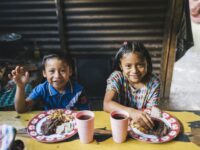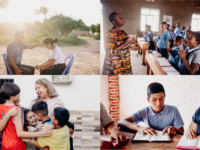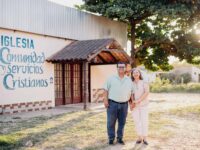Changing lives of little ones who God has entrusted into our hands requires the same eagerness from each one of us to align to one purpose.
“One” means solitary, yet in contrast, “being one” means united in purpose. Individuality gives us an identity, but identifying to a common purpose takes extra effort, sacrificing individual identity to work toward common good.
If one part suffers, every part suffers with it; if one part is honored, every part rejoices with it. — 1 Corinthians 12:26, NIV
Prayer: Lord, help us to give up our personal desires and pride to stand in the gap for the weak, giving them a reason to rejoice. Help us sacrifice self-identity for the sake of the body of Christ.

ABOUT THE AUTHOR: Jancy Mathew works as Ministry Services Manager in our office in Kolkata, East India.
Read all the One in Spirit devotionals.







3 Comments |Add a comment
Great reflection reminding us to be united in purpose for the greater good- the Mission.
Thanks for the timely word. In fact, where such unity exists, unity of purpose, God commands blessing and life ever more!!
Amen!